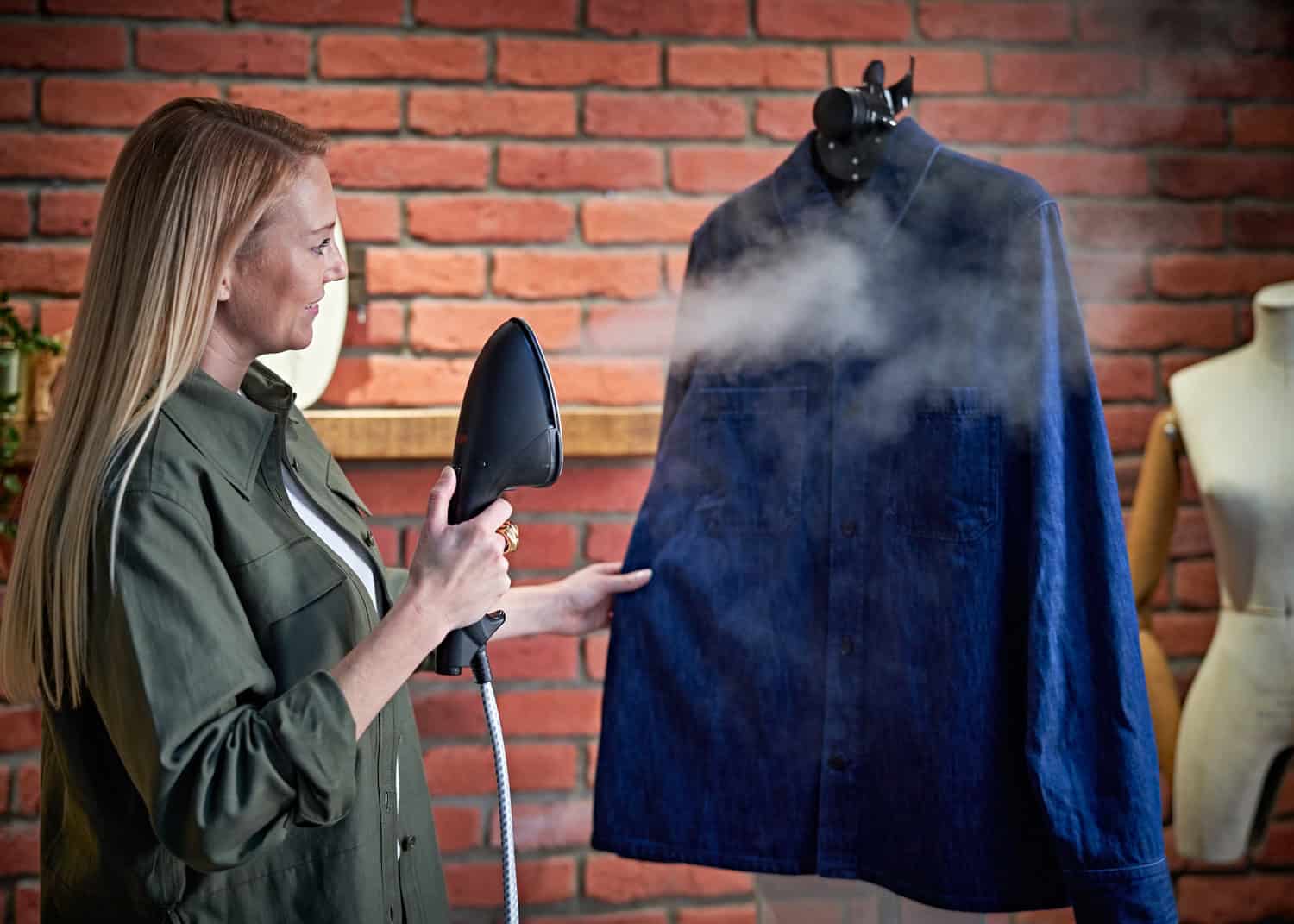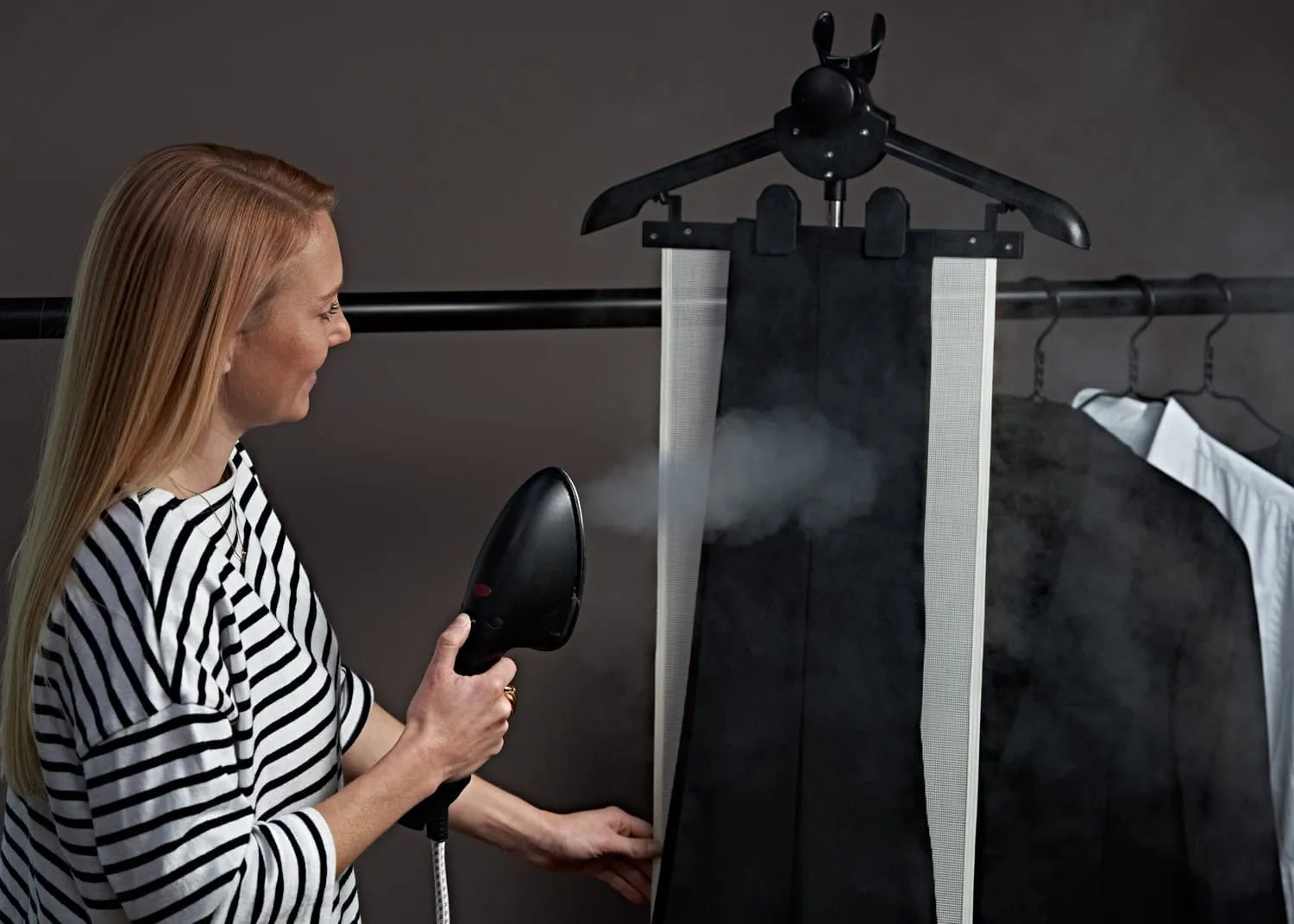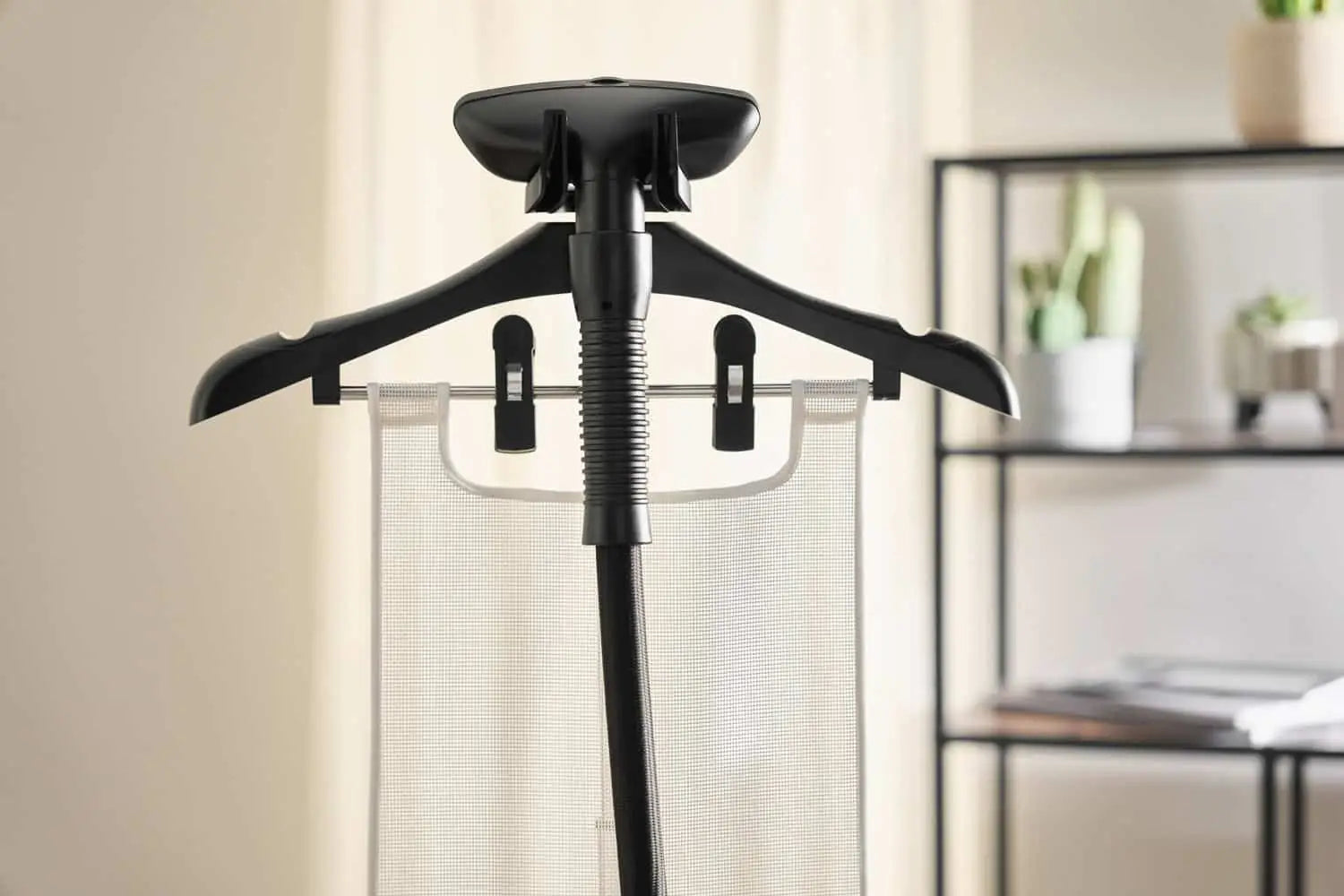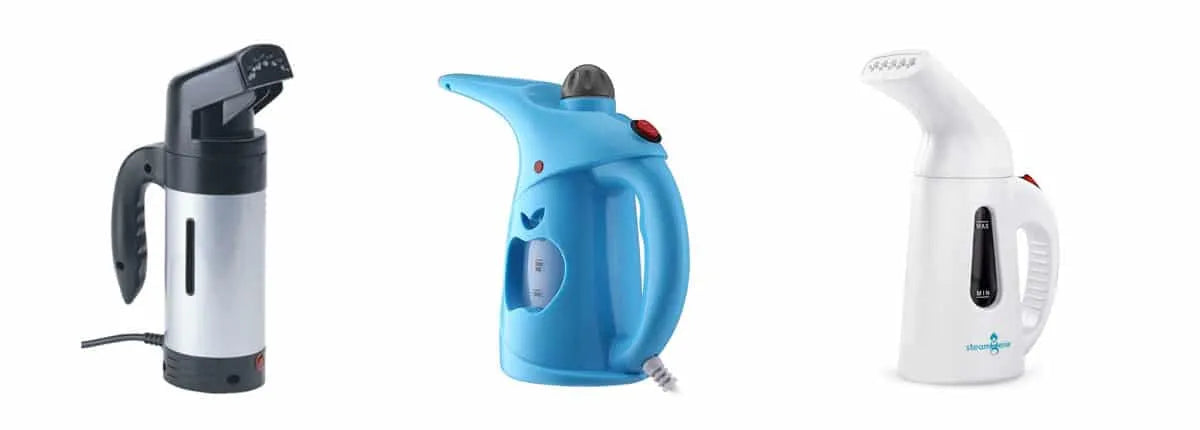How To Safely Use A Clothes Steamer
A clothes steamer is a very versitile tool, capable of removing creases and refreshing a wide range of fabrics. Clothes steamers are often regarded as much ‘safer’ or ‘less harsh’ on clothing. This is why dry cleaners will use steam on clothing and fabric with great results, you don’t often see a retail space using an iron. However, are there any materials which clothes steamers are not typically suitable for steaming? What fabrics can be steamed?
Let’s dive in deeper into different classification of fabrics to answer this question. Let’s look at what happens when you steam some of the more common fabrics. After we look at different types of clothes steamers and the way they work on fabrics differently. Then we will look at specific fabrics that we highlight to exercise caution when steaming. Finally we will make some recommendations when to ensure you use your clothes steamer safely and achieve the best results possible.
Different Types Of Material
What Materials Can Be Used With A Clothes Steamer
Fabrics or clothing material can typically be classified into natural fibres and manufactured fibres. Fabrics made of natural fibres were solely used from prehistoric times until around the 1900s. Manufactured fibres were first introduced at the turn of the century. The main four natural fibres are flax (linen), cotton, wool and silk. These four different fabrics are still used as primary classifications today as descriptive terms for fabrics, ie is it linen-like, cottony, woolly or silky.
Steaming Cotton
Cotton is one of the world’s most important crops. When woven, it is comfortable, breathable durable and looks great. The biggest growing cotton countries are China, USA, India and Pakistan. Cotton is a natural fiber that comes from the cotton plant. The plant’s fruit, know as the cotton boll yields a fluffy white lint (similar to the cotton wool found in pharmacies).
Stiff cotton can be susceptible to creasing, but in general can be steamed easily using most clothes steamers. Sometimes it is best to press against something like an ironing mat or flexible ironing board to get pressed results. Some lighter cottons such as jersey are easily steamed using vertical clothes steamers. More stiff materials such as dress shirts will be better using steamers with a hot ironing plate such as an f10 handheld steamer or a f1200 clothes steamer pro.
Steaming Wool
Wool is textile material that is primarily derivered from sheep, but can also include rabbit, bison, goats and more. Sheep are sheared, and their wool (known as greasy wool) is processed and separated into 4 classes of wool, suitable for different uses. Wool fabrics have greater bulk than other fabrics, and they hold air, which causes the fabric to retain heat, great for keeping you warm.
Wool is quite straightforward to steam, however some wool can be delicate, like most suits. Therefore if the plate is hot, always use a delicate fabric guard. This will stop wool from going shiny. Using a vertical clothes steamer like the f1200 Clothes Steamer Pro will work well on suits and will not lead to any shine. This is because vertical steamers like these do not have a heated plate, and work solely using steam. Check out this video on how to steam a pair of trousers.
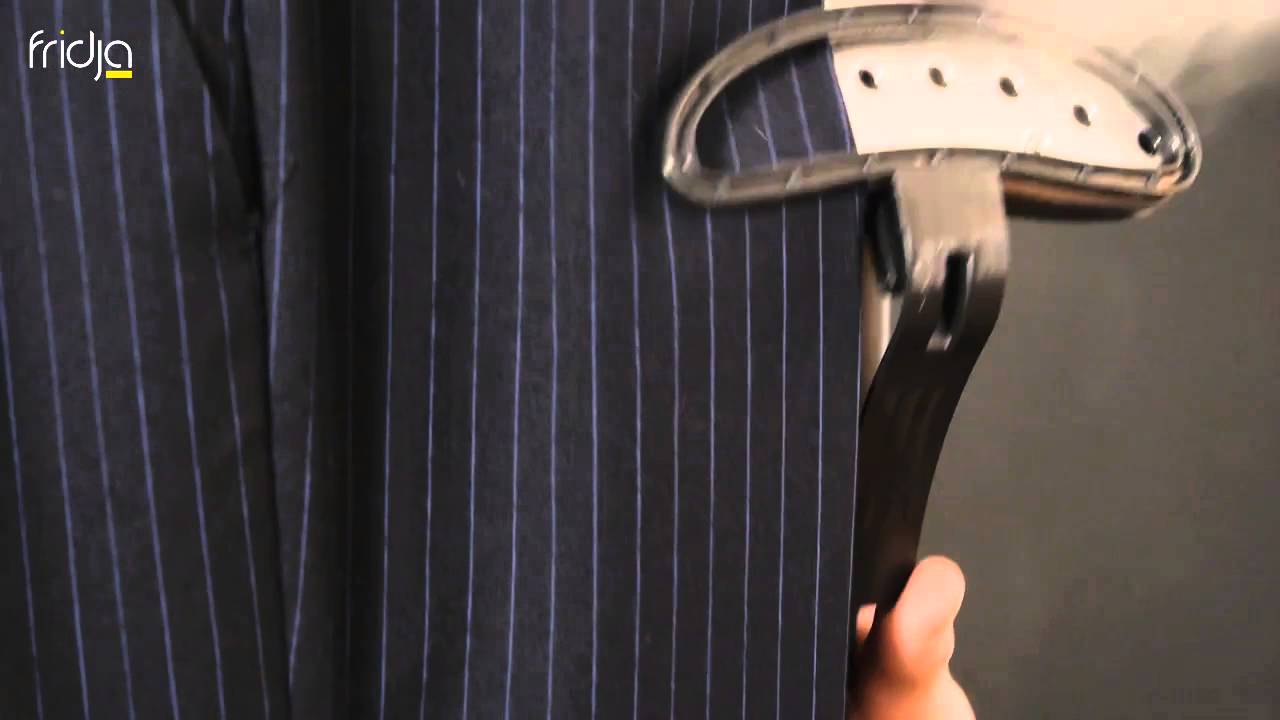
Steaming Silk
Moth catapillers normally produce silk. Silk is comfortable to wear in warmer climates and at the same time the insulating qualities retain warm air between the silk and the skin. Silk is commonly found in blouses, shirts, ties, formal dresses, wedding attire, asian clothing like saris and punjabi suits, suit linings, lingerie and pajamas. Often, silk can often be embellished with sequins and other delicate materials.
Clothes steamers are very effective on silk. Provided they are used correctly, they can remove creases and freshen silk incredibly well. If you are using a clothes steamer which has a heated metal plate, ensure you use a delicate fabric guard. This ensure you do not expose your fabric to too much heat.
Steaming Wedding Dresses
It is easy to remove creases from a wedding dress using a clothes steamer. Wedding dresses can consist of many different materials, including silk, lace, chiffon, crepe and more. It’s important to use a good quality steamer that won’t spit or drip on your dress. Always use a delicate fabric guard blocking any hot plates touch the dress or veil. We’ve created a short video on how to steam a wedding dress. We filmed it in Rome!

Steaming Synthetic Materials
Synthetic materials include polyester, nylon and acrylic and are manufactured through chemical synthesis, rather than natural fibres that are derived from animals or insects. Synthetic fibres are often longer-lasting than natural fibres and can be easily dyed, stretched, made waterproof and resistant to stains. Oils from human skin can cause all fibres to break down and wear away on natural fibres, whereas synthetic materials are not biodegradable and therefore tend to be more durable, and can be ideal for sports or outdoor use.
Synthetic materials are typically very easy to steam using all clothes steamers. Steam from vertical clothes steamers can help remove creases, refresh fabrics and remove mild odours. Those clothes steamers with a heated metal plate can achieve a crisp finish, particularly when using attachments for collars and cuffs.
Different Types Of Clothes Steamers
Although we are trying to answer the question, which fabrics can you steam, we need to break down the different types of clothes steamers because different clothes steamers work in different ways. They all heat water and produce steam, but some have heated ironing plates too.
Hot steam from a clothes steamer can relax fibres and remove creases from materials. However some clothes steamers have a hot plate or ironing plate, this can have effects on fabrics (both good and bad), so we need to break them down.
Materials That Should Not Be Steamed
What Fabrics Can Be Steamed
In our experience of fifteen years steaming clothes in shops, fashion shows and homes across Europe, we’ve tried steaming most materials. There are certain materials that we’ve been told you should not steam, such as leather. However we’ve sold to leather vendors and they’ve told us that a small amount of steam can actually work on leather goods.
We advise you be cautious for materials like suede and velvet. These materials do not react well to excessive moisture. Suede and velvet should not have ample steam directed at them. However, we’d say steaming them from behind might remove creases, freshen fabrics and remove mild odours.
As well as finding out what fabrics can you steam and those you should not, we would say that it’s just as important to use a clothes steamer correctly. There are certain things to do and certain things not to do when using a clothes steamer, and certain techniques you should use and practice. We’ve wrapped up all our tips in a video – our top 5 tips on how to use a clothes steamer.
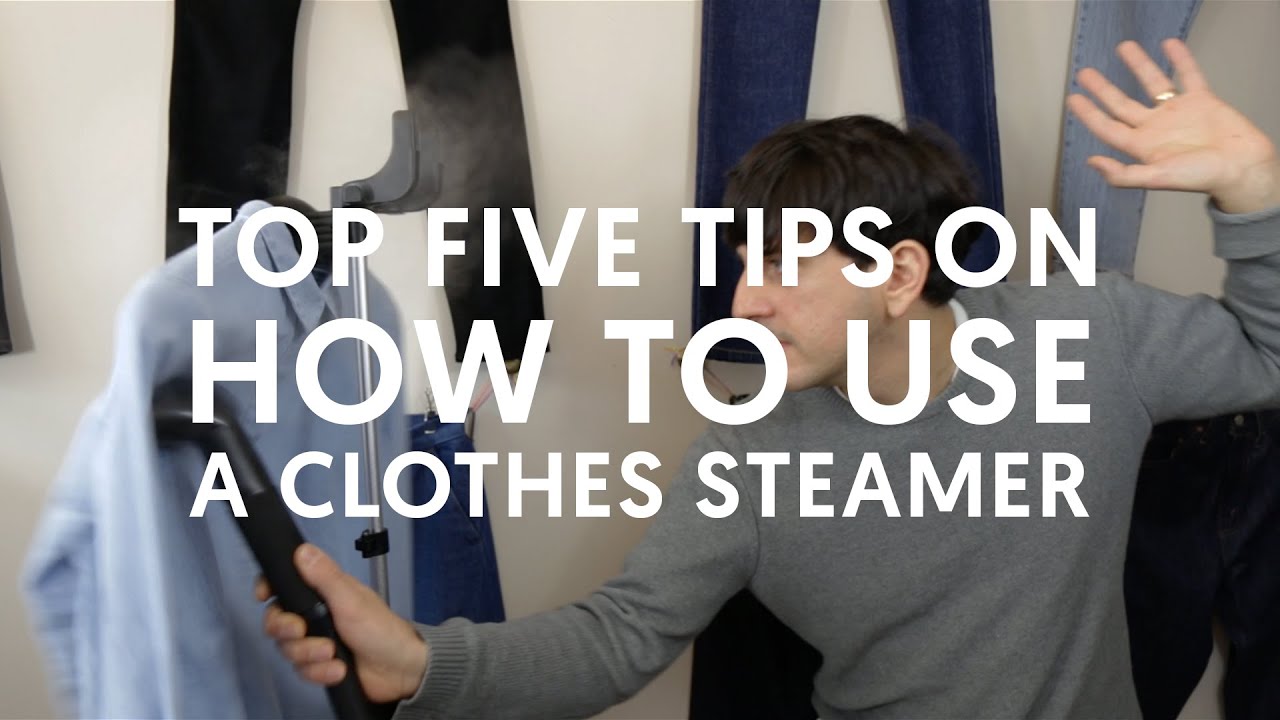
What Fabrics Can Be Steamed?
How To Safely Use A Clothes Steamer – A Conclusion
Steaming clothes and materials using a clothes steamer can depend on a number of things. The type of material, ranging from natural fibres to manufactured fabrics, the weight of the fabrics and the type of clothes steamer used. Finally the technique used whilst using a clothes steamer is used is also a factor.
Tougher materials like linen and some cotton benefit from a hot ironing plate found on premium handheld clothes steamers and powerful clothes steamers. They need heat and something to lean against in order to get a crisp finish. However when you cover up the hot ironing plates, they are equally great on delicate materials like silk. Steaming delicate materials using a vertical clothes steamer or handheld clothes steamers can produce fantastic results, provided they are steamed the correct way and by good quality clothes steamers.
We are always interested in finding out what you’ve learnt, so if we missed anything or you have anything to add, please do leave a comment. We look forward to hearing from you! Of course cannot guarantee any materials are 100% safe for any clothes steamer, but if you follow these guidelines, you should find out what fabrics can you steam. Always check the care label if there is one, and try and test a small area before steaming the whole garment.


